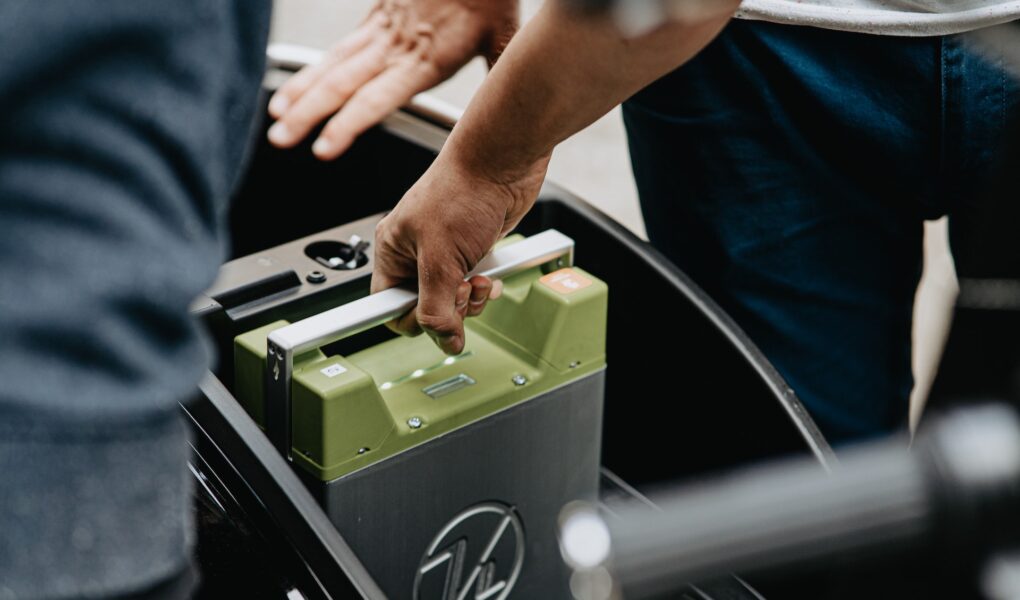A battery storage system might not be something you immediately consider when planning a home or commercial building. Still, it does offer several benefits to your community. For starters, your community can benefit from the energy stored in a battery, which can be used as needed. It can also provide a backup power supply for your building, so you don’t have to worry about power outages.
Lithium-Ion Batteries
The use of lithium-ion batteries and battery storage systems is helping communities across the world transition away from fossil fuels. With this technology’s advent, communities can accumulate energy from wind and solar power plants for later use. While these batteries are great for storing renewable energy, there are some disadvantages. One of them is the high cost of batteries. Another is the fact that they can be hard to recycle.
The European Union requires that battery manufacturers dismantle and recycle their products. However, the current EU requirement is to recycle only 45% of used batteries. The EU is considering increasing the recycling target to 70% by 2030.
Inverters
Inverters are a key component of a solar PV system. They help transform DC electricity into AC, and they can also feed directly into the grid. They may be used for residential and commercial purposes and have numerous benefits. There are several kinds of inverters available. Some are more efficient than others, and some have better ratings. A good inverter should be designed to handle a given load’s current and future needs.
An inverter is a complex component of an independent power system. Although they have many features, their main function is to convert DC energy into AC. They also have other capabilities, such as regulating energy peaks.
The best inverter is one that is certified by an independent testing laboratory. This means that you will know that it is durable and reliable. In addition to that, the best inverter will be the one that offers the maximum power output at standard test conditions.
Community Solar-Plus-Storage Projects
There are many benefits to installing solar panels and energy storage. For one, solar power helps reduce pollution and provides cleaner air for everyone. It also can lower electricity bills. For most Americans, electricity is a major part of their carbon footprint. Using home batteries for storing excess solar power can cut costs. It can reduce or even eliminate our reliance on the power grid. Numerous solar and storage projects exist, but not all are created equal. For example, some projects only allow a certain number of participants. Others require credit checks. Some require participation fees, whereas others offer a flexible contract. Community solar and storage projects can help communities reduce their carbon footprint and ensure energy backup options. The amount of savings depends on the project’s size and the average energy cost in the area.
Community-Based Renewable Energy Programs
Community-based renewable energy programs using battery storage systems can be a powerful way to advance sustainability goals. These programs can offer local communities an emissions-free alternative, reduce reliance on fossil fuels, and increase resilience against the unpredictable nature of extreme weather. The key to any community-based development project’s success is incorporating community needs into project design. This includes integrating community members into project decision-making, ensuring quality components, and training users. Creating a safe and transparent project environment is also important. Community-based renewable energy programs that use battery storage have unique technical and operational characteristics. For example, they are decentralized, operate independently from the grid year-round, and provide backup power during grid outages. They can also be designed to create jobs, train students, and serve disadvantaged groups.
Compressed Air
Using compressed air to store energy is an idea that is not new. Scientists and engineers have been working on this technology for years. However, it has yet to come close to being commercialized. Some pilot programs have failed. Currently, the main barrier to commercialization is the need for natural gas. Researchers have proposed using compressed air for energy storage in many ways. One way is through an underground salt cavern. These caverns are naturally occurring salt formations. The caverns can store huge amounts of energy, and the cost of storage is minimal. Another concept is the multi-stage compression scheme, which utilizes low-compression-ratio compressors. The compressed air is then cooled through natural convection. The result is higher efficiency. The resulting energy is released through a gas turbine. Another innovation is using a fine mist of water to absorb the heat energy from compressed air. This allows for energy to be regenerated when the air is needed. The mist is made of a polymer to prevent leakage.
Mechanical Gravity
Unlike batteries, mechanical gravity energy storage does not require sophisticated components. It entails deploying surplus power from wind, solar farms, or other sources to pump water uphill or downstream. This is accomplished with a relatively simple system that relies on gravity and cables. The most efficient system is probably the lithium-ion battery, though it is also possible to build systems using conventional batteries and other non-rechargeable energy storage technologies. A variety of new technologies have entered the market. These include pumped hydro, flywheels, and compressed gas. Other promising technologies include pumped heat energy storage and compressed air storage. The latter uses a pump to draw water uphill, which is then released through an air turbine. The pumped hydro system has yet to see the light of day, but several theoretical studies have been done on it.




